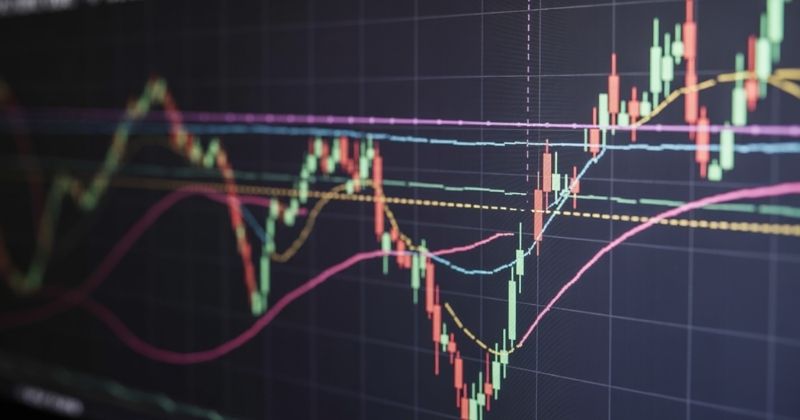
Key Takeaways
- South Africa not in a technical recession: The economy grew by 0.1% in the first quarter of 2025, but growth remains weak and heavily dependent on agriculture.
- Risks remain high: Load shedding, shrinking mining and manufacturing output, tariff shocks, and rising unemployment in certain provinces keep recession fears alive.
- Policy measures offer some relief: The World Bank loan, Eskom’s improved performance, and fiscal adjustments have stabilised conditions slightly, but long-term challenges continue to weigh on growth.
About Arcadia Finance
Arcadia Finance streamlines the process of acquiring a loan, enabling you to submit a no-cost application and receive proposals from as many as 19 lenders. Our lending affiliates are all vetted for reliability and compliance with the regulations enforced by the National Credit Regulator of South Africa.
Recession: Yes or No
South Africa is not currently in a technical recession. The economy managed to grow by a very modest 0.1% in the first quarter of 2025, following slightly stronger revisions from late 2024. This means the country has not recorded two consecutive quarters of contraction, which is the standard definition of a technical recession.
Despite avoiding a downturn, growth remains extremely fragile. Load-shedding continues to place a heavy strain on the economy. While power cuts eased during late 2024, they returned early in 2025 and contributed to a 2.6% contraction in the electricity, gas and water sector. According to the OECD, the impact of energy shortages is still expected to limit growth this year, although the drag is likely to be smaller than in previous years. Some provinces are already showing economic performance that is close to a technical recession, which highlights how uneven recovery is across the country.
A recession is not determined by GDP alone. Rising unemployment, weak household spending, declining investment, and widespread business failures can all drive the economy into a downturn. In South Africa’s case, global economic headwinds, persistent fiscal pressures and structural weaknesses leave the country exposed. The situation has been worsened by tariff shocks, including a 30% tariff imposed by the United States in mid-2025, which threatens export sectors such as agriculture and could put tens of thousands of jobs at risk.
Government policy responses are aimed at preventing a deeper slide. The World Bank has extended a USD 1.5 billion loan to support infrastructure and energy resilience projects, and fiscal policy has been adjusted to ease pressure on households after a controversial VAT proposal was put on hold. Eskom’s performance has shown signs of improvement, with the Energy Availability Factor rising to about 61%, compared to 54% previously. This has provided some relief, but long-term structural challenges remain.
To fully understand whether South Africa is truly entering a recession, it’s essential to look at the government’s fiscal strategy and economic priorities. The recent South Africa’s 2025 Budget provides crucial insights into how the state plans to navigate stagnation, manage debt, and reignite growth in the year ahead.
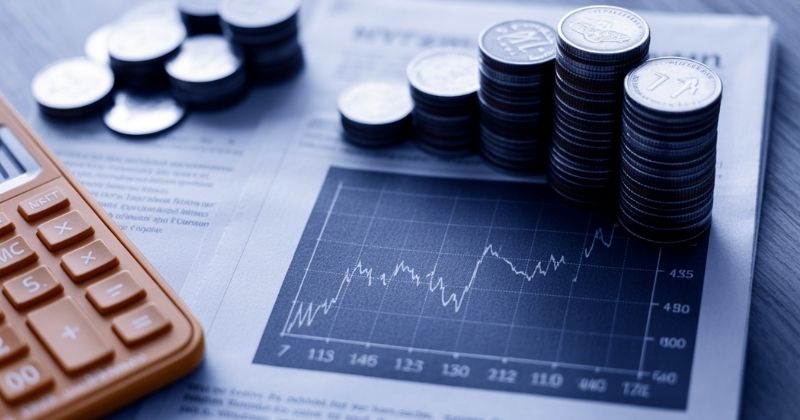
Inflation and Its Impact on the Economy
Inflation in South Africa remains a key measure of economic health. In 2025, headline consumer inflation has been averaging around 4.6%, close to the midpoint of the South African Reserve Bank’s (SARB) target range of 3% to 6%. Rising fuel prices continue to play a major role in pushing up the cost of transporting goods, which then filters through to food prices and other consumer products. When inflation rises too quickly, the SARB typically raises the repo rate to slow economic activity and bring price growth under control. Commercial banks adjust their lending rates accordingly, which makes home loans, car finance and personal loans more expensive for households and businesses.
Higher interest rates place significant pressure on borrowers, leading some to miss payments on mortgages, vehicle finance and other credit agreements. In severe cases, banks may repossess assets when repayments are in arrears. This reduces household spending power, dampens business confidence and can contribute to a slowdown in overall economic growth, increasing the risk of recession.
While less common, deflation can also trigger economic difficulties. Falling prices might seem beneficial at first, but they can erode company profits, leading to wage cuts and, eventually, job losses. When businesses are unable to maintain profitability, they may reduce staff numbers or close entirely. This downward spiral can drag the broader economy into recession.
Jobs and Technological Shifts
Employment remains one of the most sensitive indicators of whether South Africa is moving towards a recession. The official unemployment rate in early 2025 sits at 32.1%, one of the highest globally, with youth unemployment remaining above 44%. The risk of job losses continues to rise as companies adopt more advanced technology to reduce costs. Automation and artificial intelligence have changed how businesses operate, reducing the need for large numbers of employees. Chatbots handle customer service queries, automated systems run manufacturing processes, and self-checkout systems are becoming common in retail.
Although technology can improve efficiency, it also means that many traditional jobs are disappearing faster than new ones are created. As unemployment grows, household incomes shrink, leading to reduced consumer spending, lower tax revenue and declining economic activity. This chain reaction can deepen an economic slowdown and push the country closer to recession.
Layoffs and business closures remain frequent in sectors under strain, such as retail and manufacturing. Investor confidence can weaken, resulting in capital flight and further job losses. This makes economic recovery slower and more difficult.
When examining the recessionary signals, referencing South Africa’s Economy Faces Serious Challenges provides a comprehensive view of how deeply systemic issues continue to influence key economic indicators.
South Africa Economy Avoided a Technical Recession in 2024
South Africa’s Growth in 2025
After a cautious finish to 2024, South Africa managed to avoid slipping into recession in the first quarter of 2025. Statistics South Africa reported a marginal 0.1 percent quarter-on-quarter growth between January and March, keeping the economy from entering negative territory. Without the strong contribution from agriculture, which expanded by 15.8 percent and added 0.4 percentage points to growth, the country would likely have contracted.
Agriculture was the standout performer during this period, supported by transport, storage and communication, as well as trade, catering, accommodation and finance. By contrast, mining and manufacturing continued to weaken, with mining output falling by about 4 percent and manufacturing registering a significant decline. The return of load shedding after a brief reprieve also pushed electricity, gas and water output down by 2.6 percent, the sharpest fall since late 2022, exposing the fragility of South Africa’s energy supply.
From the demand side, household spending grew for a fourth consecutive quarter, with expenditure on food, non-alcoholic beverages, transport and hospitality driving consumption. Exports showed modest improvement, while businesses reduced their inventories. However, government spending and fixed capital formation contracted, leaving overall demand relatively flat.
Employment trends raised further concerns. Provinces such as KwaZulu-Natal and the Eastern Cape recorded notable job losses during the first quarter, signalling the risk of localised contractions. Looking ahead, growth forecasts for 2025 have been downgraded to below one percent, reflecting weaker momentum and external risks such as global tariff pressures and domestic fiscal uncertainty.
South Africa GDP Growth Rate – Historical Data
| Year | GDP Growth Rate (%) | Annual Change (percentage points) |
|---|---|---|
| 2010 | 3.0 % | — (base year) |
| 2011 | 3.2 % | +0.2 |
| 2012 | 2.4 % | –0.8 |
| 2013 | 2.5 % | +0.1 |
| 2014 | 1.4 % | –1.1 |
| 2015 | 1.3 % | –0.1 |
| 2016 | 0.7 % | –0.6 |
| 2017 | 1.2 % | +0.5 |
| 2018 | 1.5 % | +0.3 |
| 2019 | 0.3 % | –1.2 |
| 2020 | –6.3 % | –6.6 |
| 2021 | 4.9 % | +11.2 |
| 2022 | 1.9 % | –3.0 |
| 2023 | 0.7 % | –1.2 |
| 2024 | 0.6 % | –0.1 |
| 2025 (estimate) | 1.0 % | +0.4 |
What Happens During a Recession?
During a recession, one of the first noticeable changes is a decline in consumer spending. When households face economic uncertainty, they often choose to prioritise saving rather than spending on non-essential goods and services.
This shift in behaviour, while understandable, can make the downturn worse. Lower spending leads to weaker demand for products and services, which can result in reduced business revenues, job losses, and slower economic activity. This cycle can prolong the recession and delay recovery.
In response, banks often lower interest rates to make borrowing cheaper and encourage both consumer spending and business investment. In South Africa, the South African Reserve Bank (SARB) carefully adjusts the repo rate in line with inflation targets, aiming to support growth without causing price instability. As of 2025, interest rates remain relatively high compared to pre-pandemic levels, as the SARB has prioritised controlling inflation before considering significant cuts.
Government policy also plays an important role. Authorities may introduce targeted spending programmes or tax relief measures to stimulate growth. While these interventions can help in the short term, they must be balanced against long-term risks such as increased public debt or future interest rate hikes.
As part of its economic tightening response, SARS is stepping up enforcement protocols and taxpayer validation efforts. See the Key Change Announced by SARS Ahead of 2025 Tax Season to understand how compliance rules are shifting in reaction to broader recessionary pressures.

How to Survive a Recession
Facing a recession requires careful planning and a practical approach. Excessive cost-cutting, such as never eating out or delaying essential purchases, can lead to burnout and reduce quality of life. Instead, focus on maintaining a balanced strategy. The first step is to create and stick to a realistic budget, ensuring that you control spending while still allowing for necessary expenses. Beyond budgeting, there are several key actions that can strengthen your financial position in 2025.
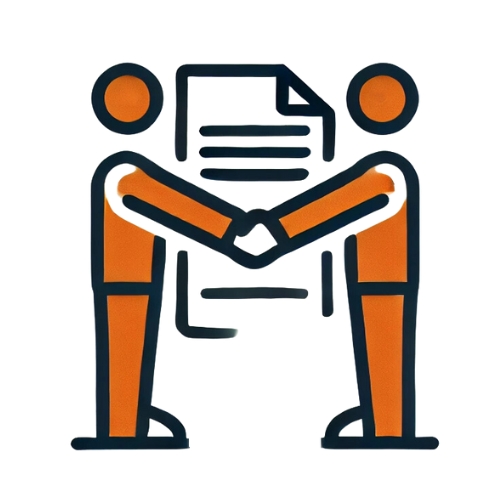
Avoid Becoming a Co-Signer
Agreeing to co-sign a loan might feel helpful, but it can be risky during uncertain times. If the primary borrower defaults, you are legally responsible for the debt. This could damage your credit record and increase your financial burden. Where possible, avoid co-signing altogether until economic conditions improve.
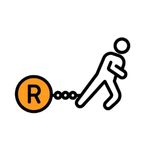
Limit New Debt
Taking on additional debt during a recession can increase financial strain, particularly with interest rates expected to remain high through much of 2025. The only reasonable exception is a mortgage to purchase a home if you are financially prepared. Focus on paying down existing debts as quickly as possible and prioritise essential spending. Delay discretionary purchases until you have the funds available.
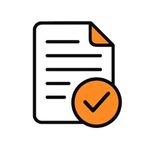
Work Towards a Debt-Free Lifestyle
Reducing debt should be a key goal during tough economic conditions. Pay off high-interest debts first, such as credit cards and store accounts, to free up monthly income. Living with less debt gives you more flexibility if your income is reduced or if living costs rise further.
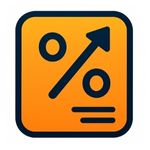
Be Cautious with Variable Interest Rates
While a variable or adjustable mortgage rate might look appealing when interest rates are low, it can quickly become unaffordable if rates rise again. With the South African Reserve Bank signalling that cuts may be gradual through 2025, it may be safer to opt for a fixed-rate mortgage to protect yourself from future increases. This ensures consistent repayments and shields you from sudden cost spikes.
Conclusion
South Africa has avoided a technical recession in 2025, but growth remains fragile and vulnerable to both internal and external pressures. Agriculture has provided some stability, yet the return of load shedding, persistent structural weaknesses, tariff shocks, and job losses across provinces highlight the economy’s ongoing challenges. While government support through infrastructure funding and energy reforms has helped create short-term relief, sustained progress will depend on stronger policy execution, consistent power supply, and a renewed focus on investment. For households and businesses, caution and financial planning remain crucial as the year unfolds.
Frequently Asked Questions
No, South Africa is not in a technical recession in 2025. The economy recorded marginal positive growth in the first quarter, which prevented two consecutive quarters of contraction.
Growth has been held back by persistent load shedding, weak mining and manufacturing output, limited investment, and external pressures such as global tariff shocks.
Agriculture has been the strongest performer, alongside improvements in transport, trade, and finance. These gains helped offset declines in mining, manufacturing, and electricity supply.
The government has secured a World Bank loan to support infrastructure and energy projects, delayed the proposed VAT increase, and continues to focus on stabilising Eskom’s performance.
Households continue to face high living costs, weak job growth, and limited income gains. It remains important for individuals to manage debt carefully, strengthen savings where possible, and prepare for further economic uncertainty.
Fast, uncomplicated, and trustworthy loan comparisons
At Arcadia Finance, you can compare loan offers from multiple lenders with no obligation and free of charge. Get a clear overview of your options and choose the best deal for you.
Fill out our form today to easily compare interest rates from 19 banks and find the right loan for you.


